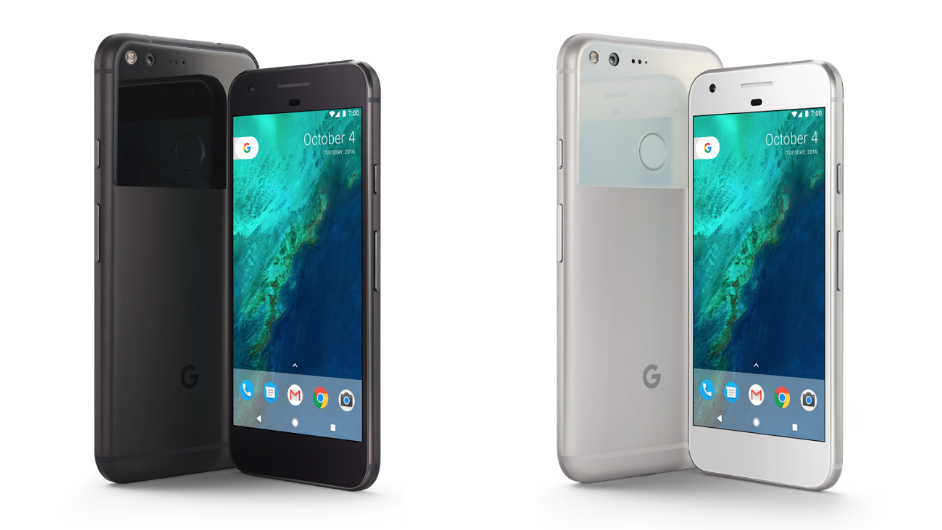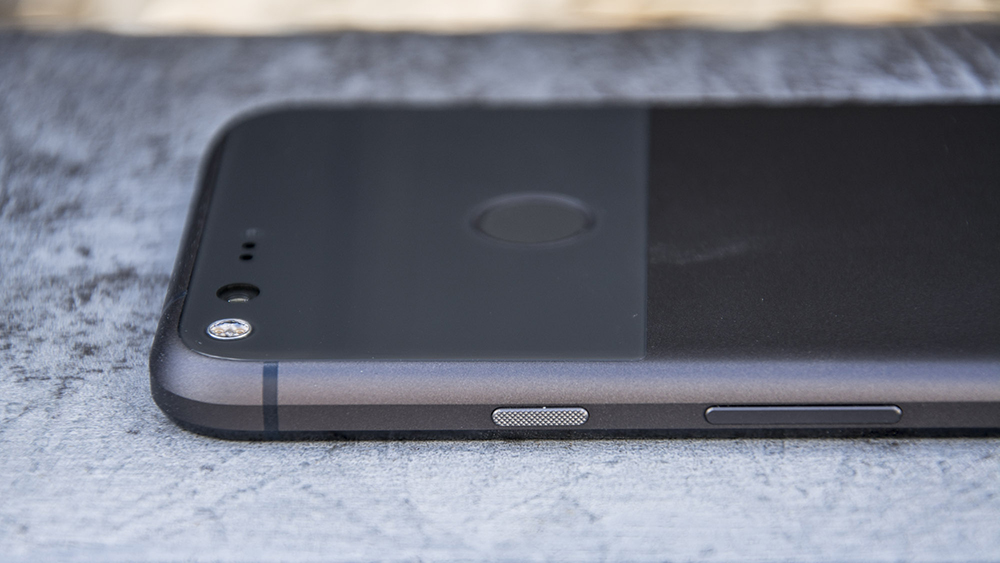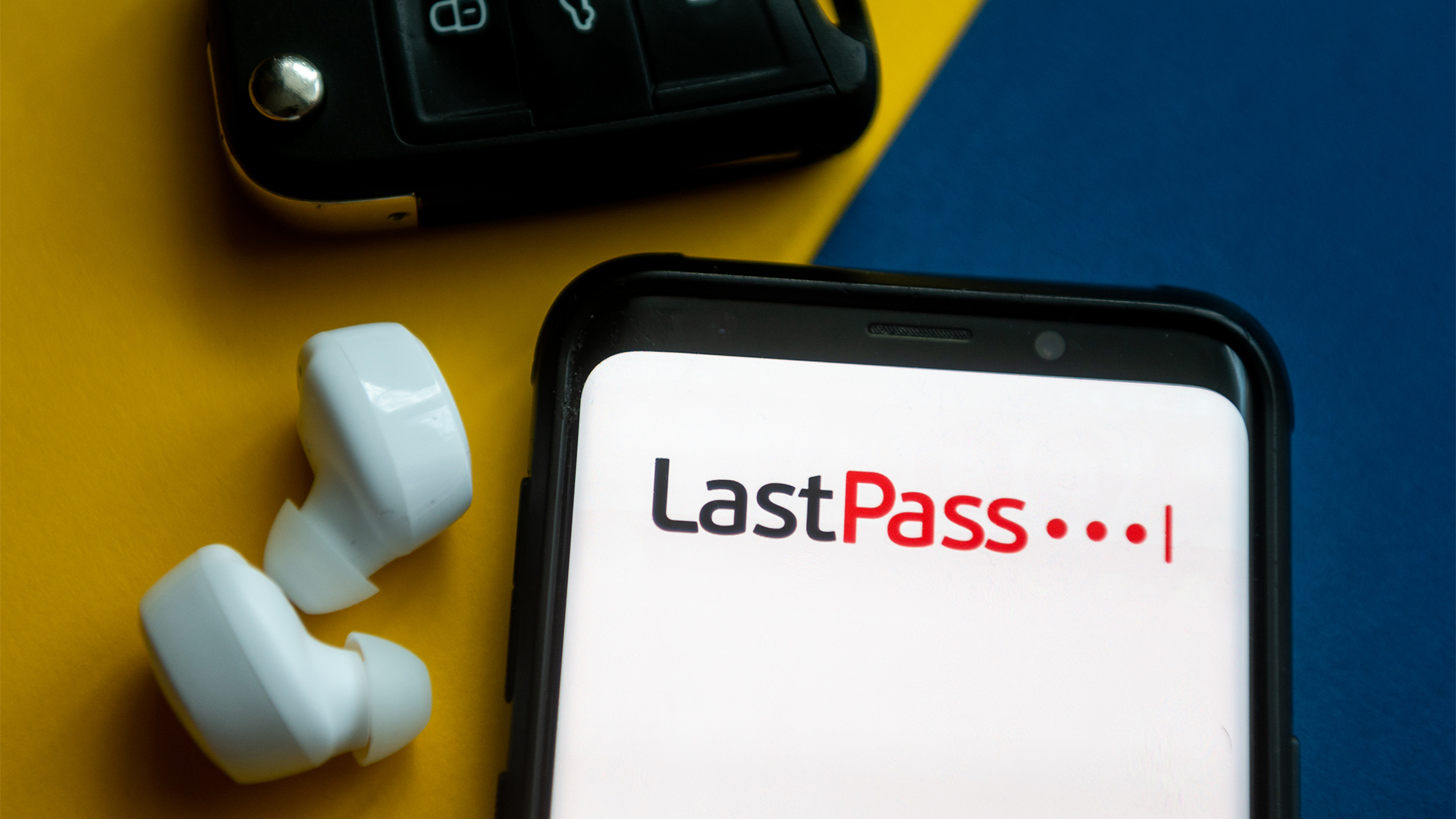Google Pixel review: Android O could be hitting the Pixel this week
The update will improve the performance of the Google Pixel and add enhanced notifications
Look past the disappointing Google Assistant, and the Pixel is a highly capable premium flagship. It's not quite as good as its main rivals on paper, and it's missing some fan-favourite features, but we're inclined to forgive it thanks to its slick and sophisticated software and world-class camera.
-
+
Android 7.1 and Pixel Launcher are speedy and slick; Best-in-class camera; Attractive and user-friendly;
-
-
Google Assistant has limited uses; No expandable storage or waterproofing; Expensive;

For nearly 10 years, Apple has dominated the premium smartphone market virtually unchallenged. While Samsung has been putting up a brave fight with its flagship Galaxy S line, there hasn't been a true challenger to battle the iPhone on its own terms.
Until now.Replacing the now-retired Nexus line of smartphones, the Google Pixel is the first ever handset that has been designed and built from scratch by Google. As you'd expect from one of Silicon Valley's biggest tech companies, it's a seriously polished device.
Latest news:
08/08/2017: Android O could be hitting the Pixel this week
The Android 8.0 O update could be arriving on the Google Pixel in the coming days according to the editor of Android Police, who has a history of reliable Google-flavoured news.
Google has already revealed the Android O update should arrive during the first two weeks of August and as we head into the second week of the month, that time could be soon to arrive.
David Ruddock said on Twitter on 2 August: "I'd look for the official Google Pixel Android O update to land in about a week. Could be pushed, but that's the timeline for now AFAIK."
There's plenty to look forward to in the Android O update, including enhanced notifications, picture-in-picture video capabilities, adaptive icons and support for multiple displays.From a performance point of view, Android O is expected to improve the battery life, speed of the device in general and faster boot up.
Sign up today and you will receive a free copy of our Future Focus 2025 report - the leading guidance on AI, cybersecurity and other IT challenges as per 700+ senior executives
It's no surprise the Google Pixel and Google Pixel XL will be the first devices to take advantage of Android O. Google always staggers the release of its updates to ensure its servers aren't overloaded as users scramble to download and install the enhanced operating system.
Google's own-branded hardware is always the first range of devices to receive the newest iterations of the platform, while third party manufacturers such as Samsung and Motorola wait until any last bugs are ironed out before releasing the updates.
15/06/2017: Did Google's Pixel sell just one million copies?
Google's Pixel own-branded phone has just hit one million units sold, according to Play Store figures, despite the device being on sale for more than eight months.
Although Google itself doesn't release performance figures for its hardware device sales, Ars Technica has managed to uncover roughly how many Google Pixel devices are in use by tracking the Pixel Launcher, which is the only application installed by default on Google Pixel devices.
It discovered that between 1 million and 5 million devices running the launcher had been using the Google Play Store to download applications and using this as a rough estimate as how many of the devices are in operation, it said there are at least 1 million activated.
However, the site does explain that some people may have side-loaded the launcher and using stats from the most popular side-loading site, APKMirror, it found that 1.3 million people were using the Google Pixel device. However, it doesn't think that provides accurate figures.
"There are somestatistically insignificant root shenanigans you could pull to download the Pixel Launcher from the Play Store on a non-Pixel device, but there is no way the number of sold Pixels ishigherthan 1 million units at this point in time," Ars Technica explained.
28/04/2017: Google confirms end-of-life support date
Google has said its Pixel range of phones will receive their final software update in October 2018, after which there will no longer be any software versions guaranteed to reach the smartphones.
Google's end-of-life support page, which details the roadmap for future software iterations and their supported devices, was recently updated to include the Pixel phones, which until now only included the Nexus range and Android One devices.
The page states that Pixel devices will receive security updates for at least three years from its release date on the Google Store, while Android software updates will run for two years. This means Google "can't guarantee additional updates" to software beyond October 2018, or October 2019 for security revisions.

The page states: "Pixel phones get security updates for at least 3 years from when the device first became available on the Google Store, or at least 18 months from when the Google Store last sold the device, whichever is longer. After that, we can't guarantee additional updates."
By that time it is expected that the newer range of Pixel 2 phones will be on the market, which could potentially include a tablet model. These devices will likely see support through to 2020 and 2021.
Design and casing
The first sign of this is in the casing - gone are the days of the plastic-shelled Nexus 5. Instead, the Pixel is made from sleek and sturdy aluminium, with a glass panel covering the top-third of the rear. This is supposedly to help with connectivity, but it also gives the device a unique look.
However, although it's only 7.3mm thick - far from oversized - it feels noticeably chunkier than most other flagship devices. This may be down to the large twin bevels running along the side of the device, but it isn't helped by the fact that the rear glass panel protrudes by just over 1mm.
The Pixel is available in both 5in and 5.5in sizes, but aside from an increased screen resolution and battery on the larger version, both devices are identical. Our review unit was one of the XL models, but we found it just a little too large to be comfortable - we'd have preferred the regular Pixel, which seems a more manageable size.
At 168g, the Pixel XL is slightly heavier than other rivals, but given it's mammoth size, it feels surprisingly light. It's definitely not going to weigh you down, and the regular version is even lighter.

The Pixel is available in two colours, named (with amusing self-awareness) Quite Black and Very Silver. Our unit was Very Silver, but both colours look sophisticated and professional. In fact, the whole unit looks attractive and appealing. While it doesn't look radically different from any other smartphone - barring the glass plate on the back - there's a few little flourishes that help it stand out.
Display and hardware
There's no doubt that the Pixel XL's 5.5in QHD screen is absolutely gorgeous. Once you get over its size, the 1,440 x 2,560 AMOLED panel provides perfect contrast and a wonderful colour representation, with deep, vibrant hues.
Even though the device's maximum brightness isn't quite as high as it seen on competitors such as the iPhone 7 or Galaxy S7, the screen is definitely more than capable of keeping up with the best in the business.
Tucked under the hood is some pretty decent horsepower, with a Qualcomm Snapdragon 821 CPU measuring 2.15 HGz and 4GB of RAM, a duo which helped the Pixel blast into the upper rankings of our performance charts.
Although the device may lag a little behind the iPhone 7 Plus and Galaxy S7 Edge, we didn't notice a difference in its day-to-day use. Just like other premium devices, this one is quick enough to deal with anything you want to throw at it, no matter how much power you have in mind to use.
In terms of storage, it either comes with 32GB or 128GB of internal memory, which is a pretty large jump, it would have been nice to have a 64GB model in the middle. Obviously, you don't need to choose the larger storage capacity especially since Pixel owners are gifted with unlimited photo and video storage (at full resolution) via Google Photos, and a 'Smart Storage' feature to automatically remove pictures and videos you have already backed up, which is an extremely useful tool so you don't have to go through images deleting them yourself.
Battery
The Pixel XL's 3,450mAh battery is something of a beast. It lasted just under 16 hours in our battery benchmark tests, but that score does the Pixel a disservice. By that measure, the Pixel is almost two hours behind the Galaxy S7 Edge, but our experiences showed them to be at least on par.

In real-world testing, we found that the Pixel comfortably lasted through a full day of very intensive use, thanks in part to a number of clever battery-saving tactics like Android's Doze mode, which shuts off background processes during periods of inactivity.
It's also a doddle to top up, with Google promising seven hours of battery life on a 15-minute charge. Unsurprisingly, it uses the USB Type-C charging standard, so be prepared to get some new adapters if you haven't already stocked up on cables.
Software and launcher
Rather than being a showcase of the Android OS in its purest form, the Pixel comes with a unique custom launcher that you won't find on any other device. Swiping up from the shortcut bar at the bottom of the home screen bring up a vertically scrolling list of all your apps, which feels much slicker to use than we were expecting. We anticipated having problems with accidentally opening it, but no such issues arose.
It's also got the latest Android 7.1 software at its core, and since software updates automatically install in the background, you can be sure that the Pixel will always be bang up to date. Android 7.1 contains support for circular app icons - making a nice change from square - as well as contextual shortcuts for apps.
Long press on a shortcut-enabled app, and it will bring up a list of relevant actions; for Maps, it might be to navigate to one of your saved places, or for the phone app, a list of recently-called contacts. It's reminiscent of the Force Touch shortcuts on iOS, and it's a handy little feature - although it's mainly stock apps that are currently supported.
Google has also finally included a night mode with Android Nougat. Activating the 'Night Light' feature bathes the screen in a yellow glow, reducing the amount of blue light it emits. This helps ease eye strain during late night use, and supposedly helps you sleep better if you're using your phone before bed.
Adam Shepherd has been a technology journalist since 2015, covering everything from cloud storage and security, to smartphones and servers. Over the course of his career, he’s seen the spread of 5G, the growing ubiquity of wireless devices, and the start of the connected revolution. He’s also been to more trade shows and technology conferences than he cares to count.
Adam is an avid follower of the latest hardware innovations, and he is never happier than when tinkering with complex network configurations, or exploring a new Linux distro. He was also previously a co-host on the ITPro Podcast, where he was often found ranting about his love of strange gadgets, his disdain for Windows Mobile, and everything in between.
You can find Adam tweeting about enterprise technology (or more often bad jokes) @AdamShepherUK.
-
 Trump's AI executive order could leave US in a 'regulatory vacuum'
Trump's AI executive order could leave US in a 'regulatory vacuum'News Citing a "patchwork of 50 different regulatory regimes" and "ideological bias", President Trump wants rules to be set at a federal level
By Emma Woollacott Published
-
 Microsoft Excel is still alive and kicking at 40 – and it's surging in popularity as 82% of finance professionals report ‘emotional attachment’ to the spreadsheet software
Microsoft Excel is still alive and kicking at 40 – and it's surging in popularity as 82% of finance professionals report ‘emotional attachment’ to the spreadsheet softwareNews A recent survey found Gen Z and Millennial finance professionals have a strong “emotional attachment” to Microsoft Excel
By Emma Woollacott Published
-
 LastPass hit with ICO fine after 2022 data breach exposed 1.6 million users – here’s how the incident unfolded
LastPass hit with ICO fine after 2022 data breach exposed 1.6 million users – here’s how the incident unfoldedNews The impact of the LastPass breach was felt by customers as late as December 2024
By Emma Woollacott Published
